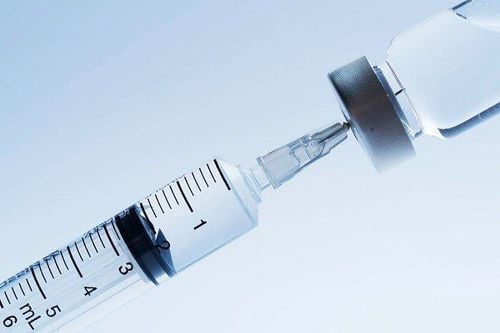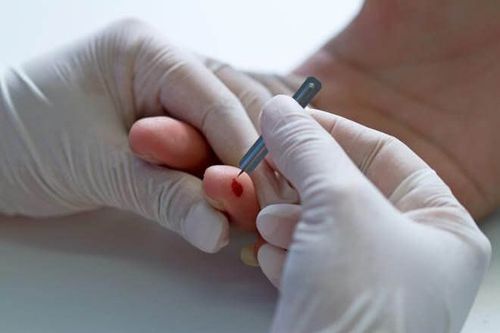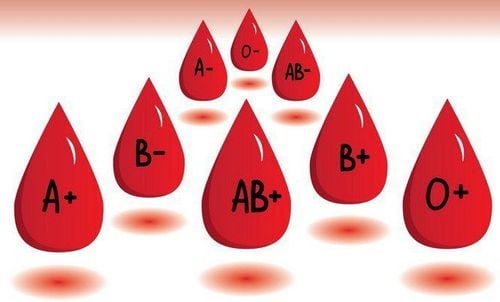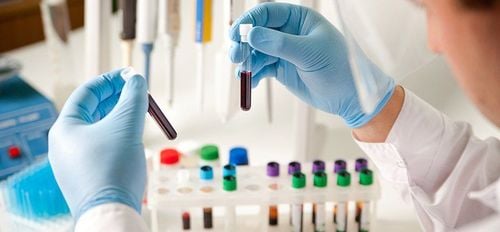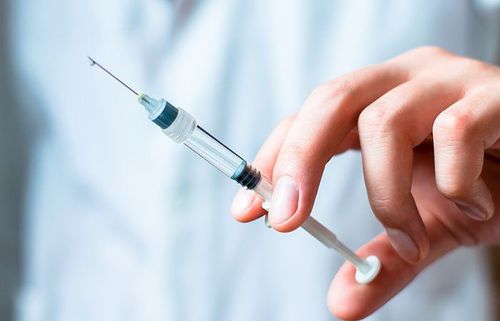This is an automatically translated article.
In humans, blood types are divided into many types and each type has its own characteristics. If the correct blood type is not transfused, it can break the structure of blood vessels, endangering the life of the person receiving the blood transfusion. The following article will help you better understand the characteristics of blood types and how to classify blood types.1. How to classify blood type
The way to distinguish blood types is based on the specific antigens on red blood cells. Currently, scientists have identified about 30 different blood group systems of red blood cells with 300 antigens.2. Blood group systems
Among about 30 different blood group systems identified, the ABO and Rh D blood group systems are the two main and very important systems because of their strong immunogenicity.Trắc nghiệm: Bài kiểm tra chỉ số trí tuệ cảm xúc (EQ) của bạn
Chỉ số trí tuệ cảm xúc Emotional Quotient (EQ) là một chỉ số dùng để nói lên trí tưởng tượng, đánh giá và cảm xúc của một con người. Hãy làm bài trắc nghiệm sau để biết chỉ số EQ của bạn là bao nhiêu?
Nguồn tham khảo: webmd.com
2.1 ABO . blood group system
Blood group A: There are A antigens on the surface of red blood cells and B antibodies in the serum. A person with blood type A can donate blood to another person with the same blood type A, or blood group AB. In addition, people with blood group A can also receive blood transfusions from donors with blood group O.
Blood group B : There are B antigens on the surface of red blood cells and A antibodies in the serum. A person with blood type B can donate blood to another person with the same blood type B, or blood group AB. In addition, people with blood type B can also receive blood transfusions from donors with blood type O.
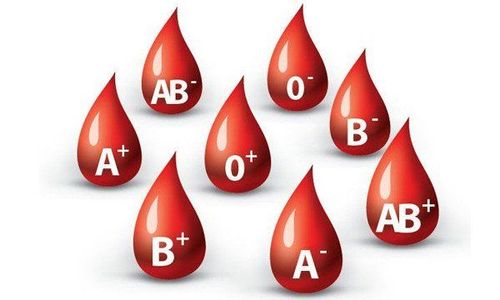
Blood group AB: There are A, B antigens on the surface of red blood cells and no A and B antibodies in the serum. This is an uncommon blood group. People with blood type AB can receive blood from anyone with blood type. However, because both AB antigens are present on red blood cells, a person with blood type AB can only donate blood to someone with the same AB blood group.
O blood group: No A antigens, B antigens on the surface of red blood cells and both A and B antibodies in the serum. This is the most common blood group. A person with type O blood can only receive transfusions from someone with the same O blood group, because the antibodies in the blood plasma of this blood type will attack other types. However, people with blood type O can donate blood to all other blood types, because blood group O has absolutely no antigens.
2.2 Rh blood group system – D antigen (Rh D)
The D antigen belonging to the Rh blood group system is the most immunogenic of all blood group systems other than the ABO blood group system. Therefore, it is the most important blood group system after the ABO blood group system.Most human blood has the D antigen on red blood cells, commonly known as Rh D(+). Conversely, the absence of D antigen on red blood cells is called Rh D(-). The rate of people with Rh D(-) in Vietnam is only about 0.07%, so this is considered a rare blood type.
People with blood group Rh D(-) can donate blood to people with blood group Rh D(+), but can only receive blood transfusions from people with the same blood type and Rh D(-).
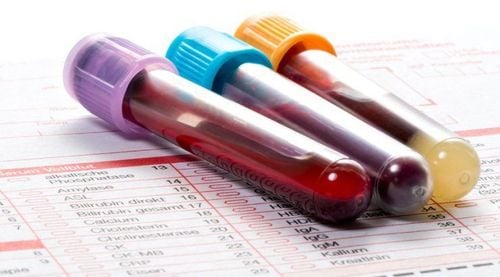
3. What should people with Rh D(-) blood group pay attention to?
This is a rare blood type, hospitals or blood banks often do not have enough stock, so when needing a blood transfusion, it may be difficult.Blood group test and Rh factor test is one of the routine blood tests during pregnancy that pregnant women need to perform. The purpose of the test is to screen for blood compatibility in the mother and baby's body. If the mother has Rh D(-) and the baby has Rh D(+), the mother's body will react with the baby's blood as a foreign substance. The mother's body makes antibodies (proteins) against her baby's Rh D(+) blood and can cause mild to severe hemolytic symptoms.
Rh D incompatibility can also cause other problems in the mother's next pregnancy, when the mother's D antibodies (produced by an immune response in the first pregnancy) previous pregnancy) can cross the placenta and attack the baby's red blood cells, leading to hemolytic anemia in the baby, or worse, causing a miscarriage. However, modern medicine has helped detect this incompatibility early and it is possible to apply prenatal treatment to prevent the above symptoms.
Please dial HOTLINE for more information or register for an appointment HERE. Download MyVinmec app to make appointments faster and to manage your bookings easily.





